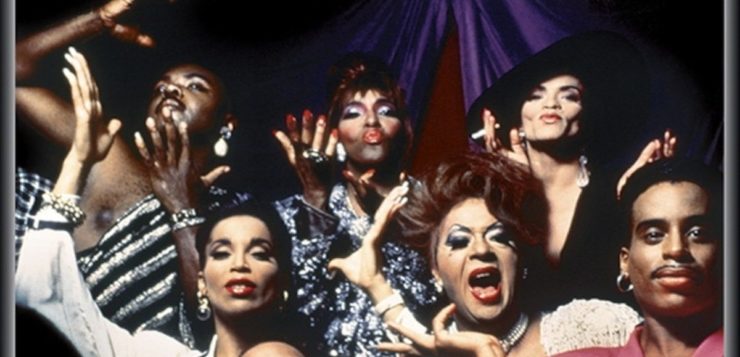THE EPICENTER of gay culture lies in Black gay, same-gender-loving, trans, lesbian, bisexual, and queer language. Black gay and queer vernacular has had a major impact on the larger LGBT+ community. The ability to modify and explore the dynamics of language to enhance our idea of an inclusive culture—one that allows freedom of gender and sexual expression—pierces through the heights of creativity. At the root of this language, now woven through mainstream society, there is a deep and complex history of the Black and queer communities. It comes with a shared legacy of hate, racism, discrimination, and oppression engendered by people who faced systematic attacks for being both Black and queer.
Racism and discrimination are at the root of American history. For centuries, Blacks were not allowed in white spaces and, by extension, Black gay people were not welcomed into white gay spaces. Homophobia and transphobia are disproportionately experienced in the Black community, and “BlaQueers” are marginalized and victimized, facing double systematic attacks because of their identities. The cycle of oppression permeates both race and sex. But out of the darkness, something beautiful can arise.
The personification of Black gay and queer language is seen in the countless, fearless leaders in the history of Black LGBT culture. The 1920s Harlem Renaissance was the mecca for Black writers, artists, and musicians, many of whom were prolific in their output. It was the heartbeat of the Black gay experience and the incubator of a vocabulary that was Black and queer. Many historians and researchers, notably Henry Louis Gates, Jr., have noted that it was in fact as gay as it was Black. During the Harlem Renaissance, the coded queer undertones of writers like Richard Bruce Nugent, Wallace Thurman, and Claude McKay describe their experiences with men. There were Black “bull dykes” like bawdy blues diva Ma Rainey in her song “Prove It on Me,” which included the line: “talked to the girls just like any old man.” And there were entertainers such as Gladys Bentley, Florence Mills, and Ethel Waters who dressed in male drag and flaunted their best dapper looks.
Bessie Smith, Alain Locke, Alice Dunbar Nelson, James Weldon Johnson, Countee Collin, and Josephine Baker were all “in the life,” and their queer innuendos have influenced Black LGBT language and culture. Drag balls at the legendary Savoy Ballroom and Hamilton Lodge stood as the signature places where Black queer people gathered. Langston Hughes, who was undoubtedly gay but largely closeted, wrote in his autobiography The Big Sea about these “spectacles of color”: the extravagant Black drag ball affairs that were lavish with the latest fashions, music, and dances. Black bodies were liberated, celebrated, and empowered in their Black and queer identities. Everyone wanted a taste of these masquerade balls, and it didn’t matter if you were gay, straight, white, or Black. Over 3,000 spectators would crowd into a ballroom and marvel at its grandeur.
Chloe O. Davis, author of The Queen’s English: The LGBTQIA+ Dictionary of Lingo and Colloquial Phrases, works in the New York entertainment industry.







Discussion1 Comment
Very powerful piece. Thanks for sharing on the ball scene. I’ll check out your book.